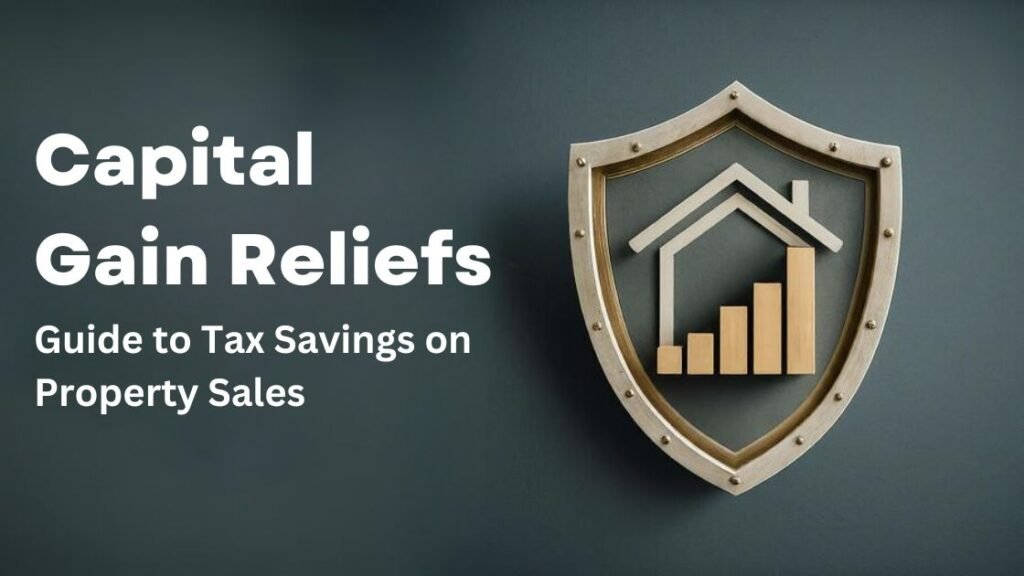Principal Private Residence Relief (PPR) – for properties that have been your main home
Letting Relief- for properties that were once your main home and have been let out
Entrepreneurs’ Relief – for qualifying business assets that include shares in a trading company or business assets
In the UK, property tax relief can help you maximize your returns on your investments, reduce your tax liabilities, and optimize your tax planning strategy. This tax relief is aimed at encouraging property investments, supporting homeownership, and boosting the housing market. Here are some ways to get tax relief when you sell your house.
Private Residence Relief (PRR)
With Private Residence Relief, homeowners in the UK can save a lot of money on capital gains taxes by selling their main house. Homeowners can maximize their tax savings when selling their property if they understand eligibility criteria, how PRR works, and practical considerations.
You need to meet a few eligibility criteria to get Private Residence Relief.
- The property must have been the homeowner’s main residence at some point during the ownership period.
- The owner must have occupied the property for part or all the ownership periods.
- You don’t have to own it for a minimum period to get PRR. There are, however, certain conditions if it wasn’t the homeowner’s main residence for the whole time.
You could get full CGT tax relief under Private Residence Relief if all the below conditions are met.
- You have one home and you’ve lived in it as your main home for all the time you’ve owned it,
- You have not let part of it out – this does not include having a lodger,
- You have not used a part of your home exclusively for business purposes,
- The grounds, including all buildings, are less than 5,000 square metres (just over an acre) in total, and
- You did not buy it just to make a gain.
PRR Rules
- If the property you are selling was the only home at some point, then you will always get relief for the 9 months before you sell your home.
- You could get up to first 2 years relief on the property, if the property was built, renovated, or could not sell your old home, and you had lived in the property within the first two years of purchase.
If you nominate a property as your home, you qualify for relief for most of the time you live away,
- any reason for periods adding up to 3 years,
- up to 4 years if you had to live away from home in the UK for work, or
- any period if you were working outside the UK.
To qualify for Private Residence Relief, homeowners need to keep accurate records of how much they use, occupy, and own their property. If a homeowner lets out part of their main house while living there, they might be eligible for Lettings Relief, which lowers their capital gains tax.
You do not get PRR for the period you let out the full property or part of the property (no PRR for the part that’s let out). The property is not considered as let out if have a lodger who shares living room with you, or you live with your parents or children, and they pay rent to you.
Private Residence Relief works by exempting the capital gain attributable to the period when the property was used as the homeowner’s main residence from capital gains tax. The relief applies proportionally to the length of time the property was used as the main residence compared to the total ownership period.
For example, if a homeowner owned a property for ten years and lived in it as their main residence for eight years before selling it, 80% of the capital gain would be eligible for Private Residence Relief, and only 20% of the gain would be subject to capital gains tax.
How to calculate CGT on property gain after PRR?
Different PRR applies to different situation. Let’s analyse few of the scenarios:
- Capital gain by selling a property is £150,000. Individual had the property for 20 years and lived in the property for 12 years. How much of this gain is eligible for PRR and how much CGT tax liability?
🡺 PRR reliefs applicable:
- Number of years you have lived in the property, which 12 out 20 years. This means 60% of the time you have lived in the property. You will get 60% relief over gain.
- PRR relief on last 9 months of the property, that is 9 months of 20 years, which equals to 3.75% relief.
So, total eligible relief over gain is : 60+3.75 = 63.75%
You will get relief on £95,626 gain and will pay CGT on the remaining amount £54,375.
- Capital gain by selling a property is £100,000. Individual had the property for 20 years and lived in the property for 20 years. However, for a period of 5 years rented 10% of the property. How much of this gain is eligible for PRR and how much CGT tax liability?
🡺 PRR reliefs applicable:
- Number of years you have lived in the property, which 15 out 20 years. This means 75% of the time you have lived in the property. You will get 75% relief over gain.
- Number of years the portion of property was let out, which is 5 out of 20 years. As 10% of the property was let out, you will get 90% of PRR relief for these 5 years, which tax relief for 4.5 years.
- This means total eligible PRR tax relief is: 15+4.5 years = 19.5 years
- This is equal to 97.5% relief over the gain, which is £145,575.
- Remaining amount on which you will pay CGT is £4,425 which will be claimed under tenant relief. So, you will pay no CGT tax on the property sale.






